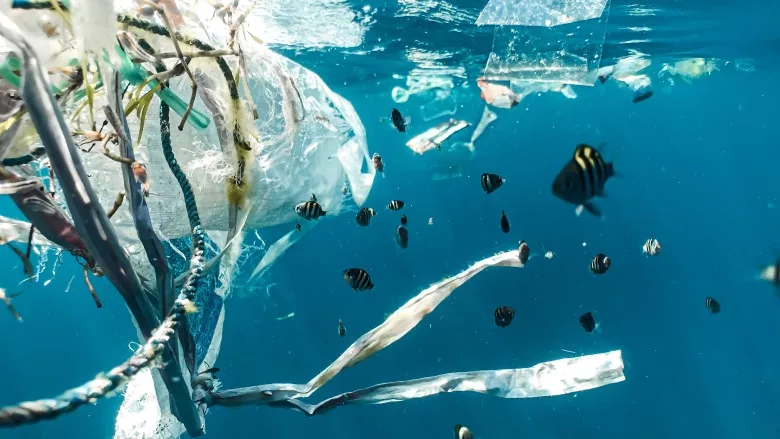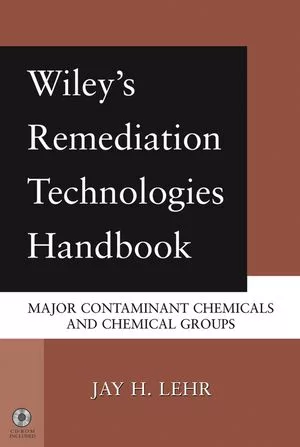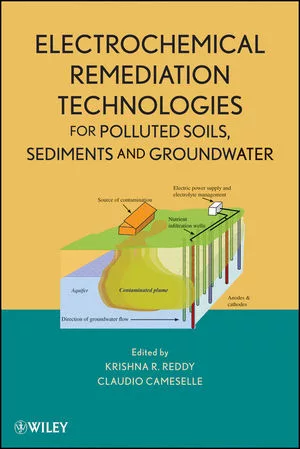EPA issues test order for PFAS used in plastics, chemical manufacturing
EPA has concluded that HFPO may present an unreasonable risk of injury to health or the environment.

On Jan. 4, the U.S. Environmental Protection Agency (EPA) issued the next Toxic Substances Control Act (TSCA) test order requiring testing on per- and polyfluoroalkyl substances (PFAS) under EPA’s the National PFAS Testing Strategy. Today’s action orders companies to conduct and submit testing on trifluoro(trifluoromethyl)oxirane (HFPO), a perfluoroalkyl substance used in making plastics. This is the second test order under the strategy and the latest action taken under EPA’s PFAS Strategic Roadmap to confront contamination from forever chemicals nationwide.
The information EPA receives under this order will not only improve the Agency’s understanding of human health effects of HFPO, but also the effects of dozens of PFAS that are structurally similar to HFPO and in the same Testing Strategy category of PFAS, improving the agency’s overall data on PFAS.
“PFAS can pose a serious risk to communities, especially those overburdened with pollution, but many of these chemicals have limited or no toxicity data. That’s why we’re working quickly to establish stronger, more robust data on PFAS to better understand and ultimately reduce the potential risks,” says Assistant Administrator for the Office of Chemical Safety and Pollution Prevention Michal Freedhoff. “Communities deserve transparency from the companies that use or produce these substances and we’ll continue to use our data-gathering tools to collect information on the potential environmental and human health impacts of PFAS like HFPO.”
HFPO (CASRN 428-59-1) is used in making plastics and in organic chemical manufacturing. More than 1,000,000 pounds of HFPO are manufactured each year, according to TSCA Chemical Data Reporting rule reports.
After thoroughly examining existing hazard and exposure data, EPA has concluded that HFPO may present an unreasonable risk of injury to health or the environment. The potential hazards from exposure to this chemical could include neurotoxicity, reproductive effects and cancer. EPA also found there is insufficient information to determine the effects on human health from inhalation of HFPO (which is a gas at room temperature). This test order will address this data need.
The Chemours Company FC LLC, DuPont De Nemours Inc., E. I. du Pont de Nemours and Company, and 3M Company are the recipients of this test order. Prior to issuing the test order, EPA engaged in discussions with the recipient companies to encourage them to voluntarily submit existing data on HFPO to EPA. Based on information in existing studies provided by cooperating companies, EPA determined that certain data were no longer needed and thus excluded the relevant testing requirements from the issued order. EPA has made the data voluntarily provided by these companies publicly available in docket EPA-HQ-OPPT-2021-0910 on www.regulations.gov.
EPA will continue to communicate with manufacturers and processors before issuing an order to encourage voluntary data submissions that could refine its categorization of PFAS included in the Testing Strategy, accelerate the availability of data to the Agency and the public, or eliminate the need for testing.
The companies subject to the test order may either conduct the tests as described in the order, including testing of physical-chemical properties and health effects following inhalation, or provide EPA with existing information that they believe EPA did not identify in its search. EPA encourages companies to jointly conduct testing to avoid unnecessary duplication of tests and will also consider possible combinations of tests that cover all required endpoints to diminish the amount of time, animal subjects and costs required.
The order employs a tiered testing process, as TSCA requires. The results of all the first-tier testing are required to be submitted to EPA within 415 days of the effective date of the order and will inform the decision as to which additional tests are necessary. The order and any data submitted in response to this order will be made publicly available on EPA’s website and in the applicable docket on www.regulations.gov, subject to confidentiality considerations under TSCA section 14.
PFAS National Testing Strategy
In the National Testing Strategy, EPA assigned PFAS into smaller categories based on similarities in structure, physical-chemical properties and existing toxicity data. EPA is issuing test orders for PFAS in specific categories that lack toxicity data to inform EPA’s understanding of the potential human health effects. The first test order issued in June 2022 was for 6:2 fluorotelomer sulfonamide betaine, a PFAS used in commercial firefighting foam. As EPA continues to further develop the Strategy, refine its universe and categorization of PFAS and consider stakeholder feedback, the Agency also plans to increase the weight it places on the potential for exposures when identifying which specific PFAS to require testing on.
Section 4 Test Orders
Developing section 4 test orders is a complex and resource-intensive process involving many scientific and regulatory considerations, as explained in this Overview of Activities Involved in Issuing a TSCA Section 4 Order. Given the complexity of the testing requirements, a broad spectrum of experts across the agency worked to determine testing methodology and needs and address other details of drafting and issuing an order, such as assessing the economic burden of an order.
Additionally, one order often applies to multiple companies. EPA must identify these companies and their associated points of contacts. To improve the transparency of the process, EPA also works to resolve confidential business information claims that could prevent EPA from publicly connecting the company to the chemical substance prior to issuing test orders.
View the test order issued today and other section 4 test orders.





